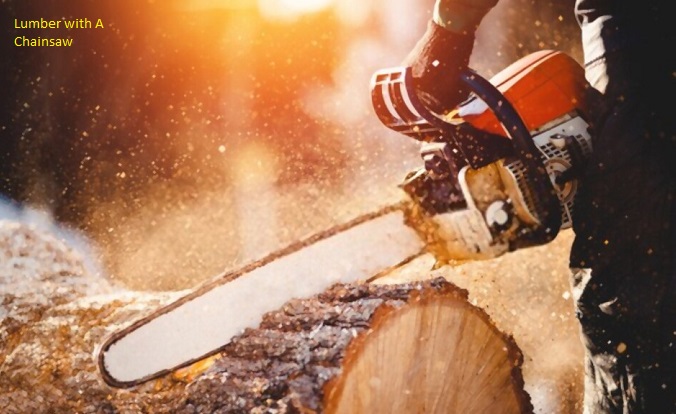When it comes to lawn mowers, one of the common questions that arise is whether lawn mower blades are universal. As a homeowner or someone looking to maintain their lawn, it’s essential to understand the compatibility and interchangeability of lawn mower blades. In this comprehensive article, we’ll delve deep into the world of lawn mower blades and explore the factors that determine their universality. So, let’s dive right in and unravel the mysteries of lawn mower blades!
What are Lawn Mower Blades?
Before we explore the universality of lawn mower blades, let’s first understand what they are. Lawn mower blades are the cutting components of lawn mowers that efficiently trim the grass to keep your lawn looking neat and well-manicured. These blades come in various shapes and sizes, and their efficiency greatly affects the overall performance of the lawn mower.
The Different Types of Lawn Mower Blades
To grasp the concept of universality, it’s essential to know the different types of lawn mower blades available. Here are some common types:
1. High-Lift Blades
High-lift blades, as the name suggests, are designed to create a higher lift. They work well for mowers with a bagging system, as they generate a strong airflow to lift the grass clippings and deposit them into the bag efficiently.
2. Mulching Blades
Mulching blades are specialized blades that are designed to finely cut the grass clippings and spread them back onto the lawn. This process is called mulching and helps in recycling nutrients back into the soil, promoting healthier grass growth.
3. Low-Lift Blades
Low-lift blades are ideal for mowers without a bagging system. They provide a more even cut and are suitable for mowing in drier conditions where excessive lift could lead to grass drying out too quickly.
4. Medium-Lift Blades
Medium-lift blades strike a balance between high-lift and low-lift blades. They are versatile and can handle various mowing conditions with satisfactory results.
Understanding Universality of Lawn Mower Blades
Now, let’s address the burning question – are lawn mower blades universal? The answer is both yes and no. Let’s break it down:
1. Blade Mounting Hole
The mounting hole of the lawn mower blade plays a crucial role in determining its universality. Different mower models have varying blade mounting hole designs. Some may have a round center hole, while others might feature a star-like or six-pointed hole pattern.
While some blades come with a universal adapter kit that allows them to fit multiple hole patterns, not all blades have this feature. Therefore, it’s essential to check the blade’s specifications and compatibility with your lawn mower before making a purchase.
2. Blade Length and Width
Lawn mower blades also come in various lengths and widths. Different mower decks require specific blade sizes for optimal performance. Using the wrong blade size can result in uneven cutting and potential damage to your mower.
Always consult your lawn mower’s manual or check with the manufacturer to ensure you choose the correct blade size for your mower model.
3. Blade Design and Rotation
Apart from the mounting hole, the blade’s design and rotation also influence its compatibility. Some blades have a straight design, while others may be curved or have specific cutting patterns.
Moreover, the direction of blade rotation can vary between clockwise and counterclockwise. Using a blade with the wrong rotation direction can lead to poor cutting performance and may even be dangerous.
4. OEM vs. Aftermarket Blades
Original Equipment Manufacturer (OEM) blades are specifically designed by the mower manufacturer for their respective models. While they ensure a precise fit and compatibility, they can be relatively more expensive.
On the other hand, aftermarket blades are produced by third-party manufacturers and are often designed to fit multiple mower models. However, the universality of aftermarket blades may vary, and it’s crucial to choose reputable brands to ensure quality and compatibility.
How to Identify the Right Lawn Mower Blade for Your Mower?
To ensure you get the right lawn mower blade for your mower, follow these steps:
1. Check Your Mower’s Manual
Your lawn mower’s manual is a valuable resource for identifying the correct blade size, type, and mounting hole pattern. Refer to the manual to find the recommended specifications.
2. Measure Your Existing Blade
If you still have the old blade, you can measure its length, width, and thickness to find a replacement with similar dimensions.
3. Consult a Specialist
If you’re unsure about the right blade for your mower or have a unique mower model, don’t hesitate to consult a lawn mower specialist or a trusted dealer. They can guide you towards the most suitable blade for your specific needs.
FAQs
Q1. Can I use a high-lift blade on a mower without a bagging system?
A1. It’s not recommended to use a high-lift blade on a mower without a bagging system. High-lift blades are designed to create strong airflow to lift and bag grass clippings efficiently. Using them on a mower without a bagging system may lead to clumping and uneven distribution of clippings on the lawn.
Q2. Are aftermarket blades as good as OEM blades?
A2. The quality and universality of aftermarket blades can vary depending on the brand and manufacturer. Some aftermarket blades may perform just as well as OEM blades, while others may fall short in terms of fit and cutting performance. It’s advisable to choose reputable aftermarket blade brands to ensure better compatibility and performance.
Q3. Can I sharpen lawn mower blades myself?
A3. Sharpening lawn mower blades requires the right tools and expertise. If you have the necessary equipment and knowledge, you can attempt to sharpen the blades yourself. However, if you’re unsure, it’s best to leave the task to a professional to avoid damaging the blade or compromising its performance.
Q4. How often should I replace lawn mower blades?
A4. The frequency of blade replacement depends on various factors, such as mowing frequency, grass type, and blade condition. On average, lawn mower blades should be replaced every one to two mowing seasons or whenever they show signs of wear, such as dents, nicks, or excessive dullness.
Q5. Can I mix different types of blades on my mower?
A5. Mixing different types of blades on your mower is not recommended. Each type of blade is designed for specific cutting and grass disposal purposes. Mixing blades can result in uneven cutting, poor performance, and potential damage to your mower.
Conclusion
While lawn mower blades may not be entirely universal, there are ways to ensure you get the right blade for your mower. Pay attention to the blade’s mounting hole, length, width, design, and rotation to find a compatible replacement.
Always consult your mower’s manual or seek expert advice to make an informed decision. By choosing the right lawn mower blade, you can enjoy efficient and effective mowing, keeping your lawn looking pristine and well-maintained.


